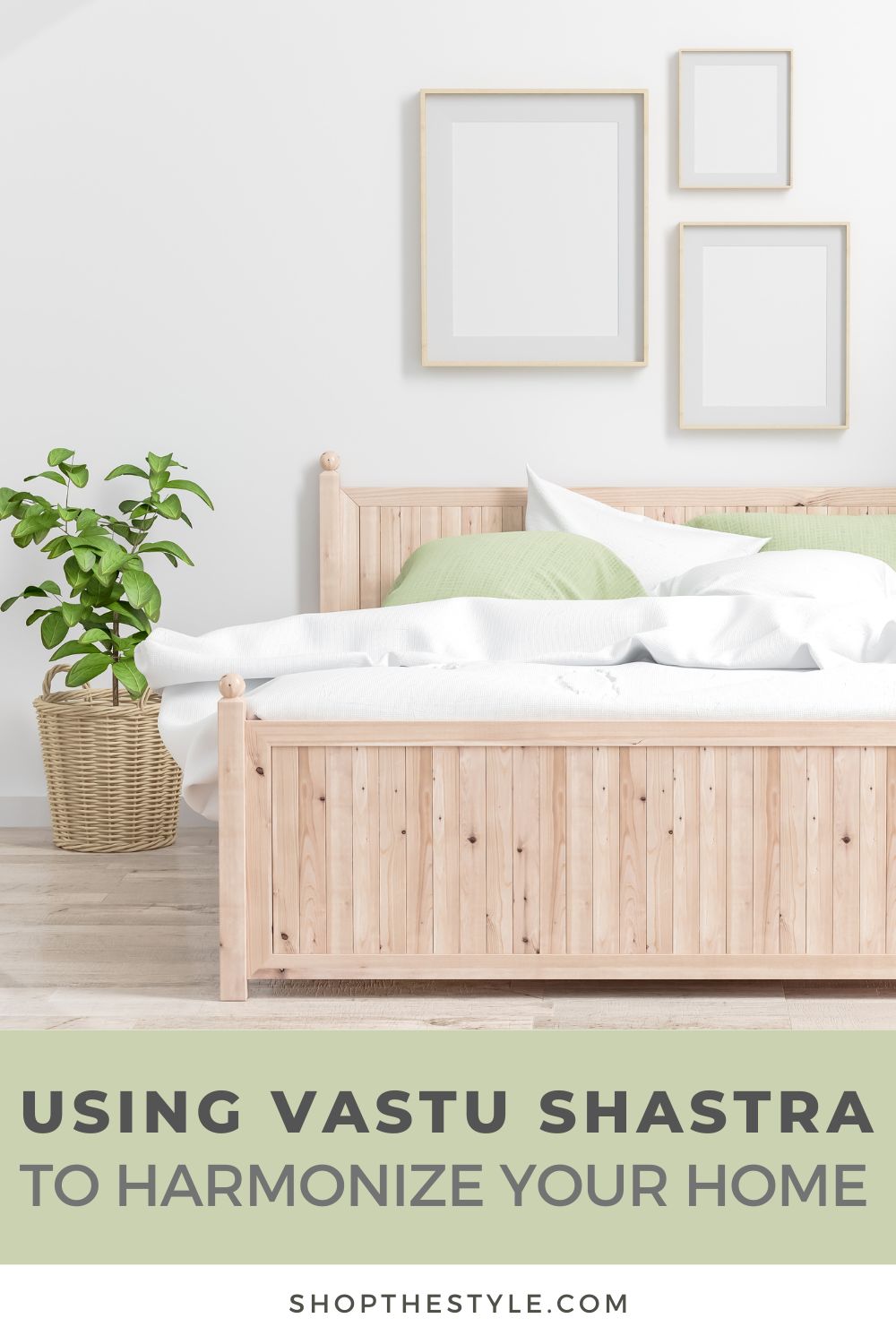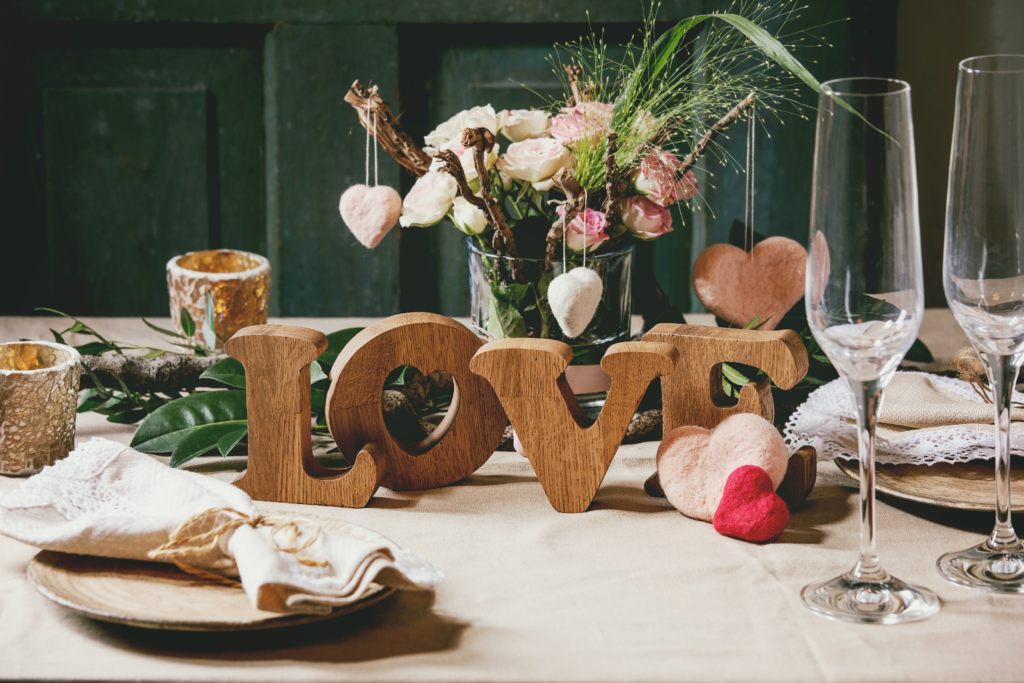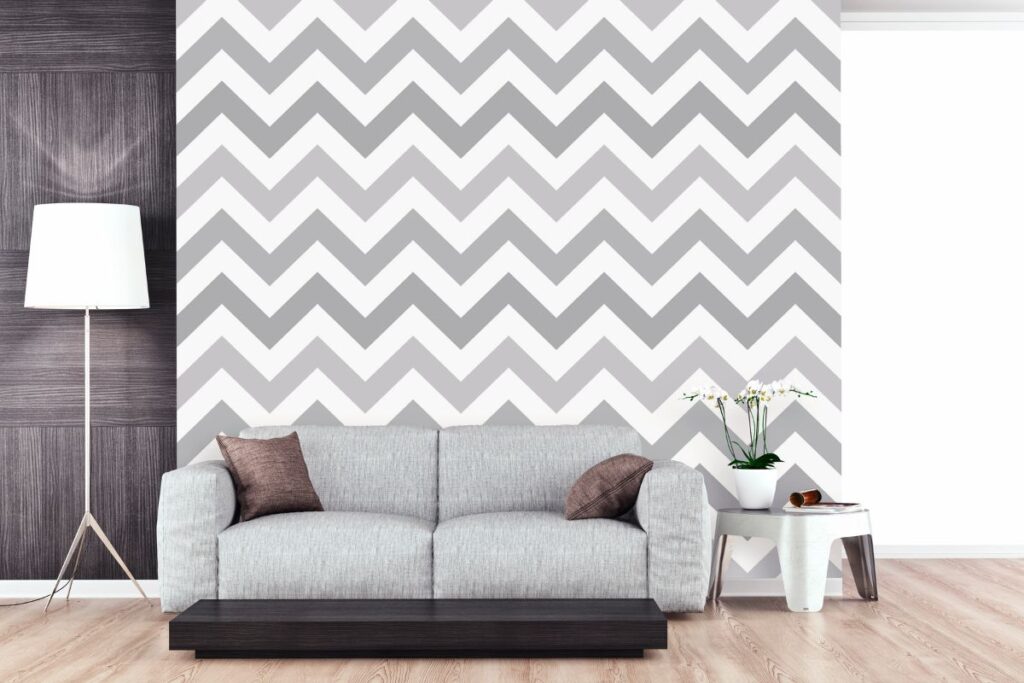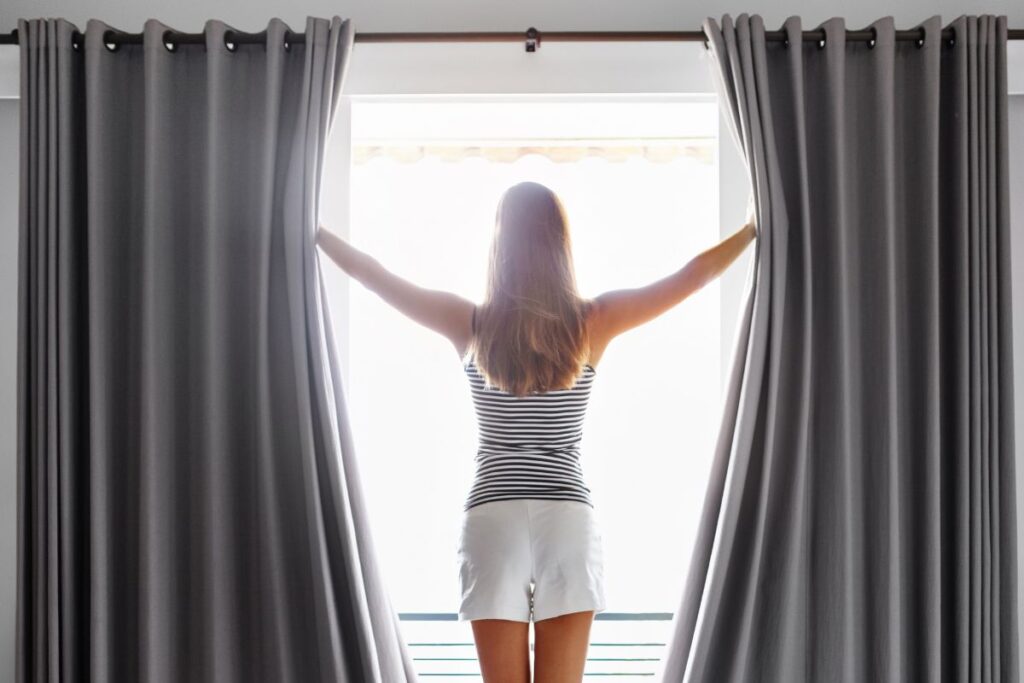Have you ever heard of Vastu Shastra? If not, don’t worry, you’re not alone. Vastu shastra is an ancient Indian practice that focuses on the design and positioning of objects in a space to maximize positive energy. It has been used for centuries as an effective way to organize and harmonize the home. In this blog post, we will explore what vastu shastra is and how it can help you organize your home for greater peace and balance.
Contents
What is Vastu Shasta?
Vastu shasta is based on five fundamental elements—earth, water, fire, air, and ether—and their associated directions (north, south east, west). The idea behind this practice is that when these elements are in harmony with each other in your space, they create a flow of positive energy which leads to better mental clarity, increased productivity levels, improved relationships with family members and friends, and general well-being.

Implementing Vastu Shasta In Your Home
The rules of vastu shastra are based on positioning of objects and directions to encourage positive energy flow. These include things like placing your bed in the southwest corner of your bedroom, keeping the kitchen in the southeast direction and ensuring that there is enough natural light in the house. Additionally, it’s also important to make sure that objects are properly aligned in each room and that all electrical appliances are placed correctly.
So, how does one go about implementing vastu shasta in the home? The first step is to identify which element(s) are dominant in your space. This could be based on the direction of the windows, doors, and furniture placement. For example, if you have a lot of furniture, such as egg chairs, in the south-east corner of your home, you’ll want to reduce the amount of clutter and align it with vastu shasta principles to create a more balanced space. Once you have identified the dominant element in your home, then you can begin to implement these principles to organize and harmonize your home.
Benefits of Vastu Shasta
Here are some of the benefits that you may experience:
- Improved organization & clutter management
- Increased mental clarity & productivity levels
- Enhanced relationships with family members and friends
- Increased energy levels in the home
Vastu Shasta FAQs
Here are some frequently asked questions regarding this practice and how it can help you organize your home:
Is there any science behind Vastu Shastra?
Yes, vastu shastra is based on the scientific principles of energy flow and how it can influence our lives. It takes into account the positioning of objects in a space and how they can affect the energy flow. Additionally, it also considers the five fundamental elements—earth, water, fire, air, and ether—and closely studies their relationship with our environment. Learn how to clean the air in your home for the energy to flow properly.
What should I do if I have a broken object in my home?
It’s best to remove any broken objects from your home as soon as possible since they can disrupt the flow of positive energy.
Who is the father of Vastu Shastra?
The father/founder/creator/writeer of Vastu Shastra is said to be Maharishi Vishwakarma, who was the divine architect of gods and a great scientist in his own right. He is credited with creating the first Vastu Shastra treatise, which has been used for centuries as a guide to organize and harmonize homes.
Which tree is prohibited in Vastu Shastra?
According to vastu shastra, certain trees are prohibited in the home as they can disrupt the flow of positive energy. These include pine, banyan, and papaya trees. It’s best to avoid planting these in your home or garden to maintain a harmonious atmosphere.
What is Vastu Shastra called in English?
Vastu Shastra is also sometimes known as Vastu Vidya or Vastuvidya, which translates to “science of architecture”. It is an ancient Hindu science that focuses on designing and arranging space to create a balanced environment for maximum peace and prosperity.
What is the best direction for a home according to Vastu Shastra?
The best direction for a home according to vastu shastra is east as it encourages feelings of relaxation and clarity. Additionally, the north and northeast directions are also considered favourable for bringing in positive energy. It’s important to keep in mind that the positioning of furniture and other items within each room can also affect the energy flow, so pay attention to this when arranging your space.
How can I learn Vastu Shastra?
If you’re interested in learning more about vastu shastra, there are plenty of resources available online. You can find books and websites that provide in-depth information about the topic, as well as courses and classes offered by experienced practitioners. Additionally, it’s also possible to consult with a vastu shastra practitioner to get personalized advice on how to arrange your space.
Which color is good for Vastu Shastra?
Generally, it’s best to stick with lighter colors for vastu shastra. Soft hues such as white, beige and pastels are considered to be the most ideal. Bright and vibrant colors should also be used sparingly, as they can create an imbalance in the energy flow. Similarly, dark colors should be avoided as they can lead to a feeling of negativity and sadness.
Vastu Shasta Conclusion
Vastu shasta is an ancient practice that has been used for centuries as a way to organize and harmonize the home for maximum positive energy flow. By following its guidelines about where you should place furniture such as beds or how many broken objects are allowed in the house you can create an environment that encourages peace and balance within yourself as well as those around you. If you want to learn more about this fascinating practice we recommend doing some additional research! Thanks for reading!






